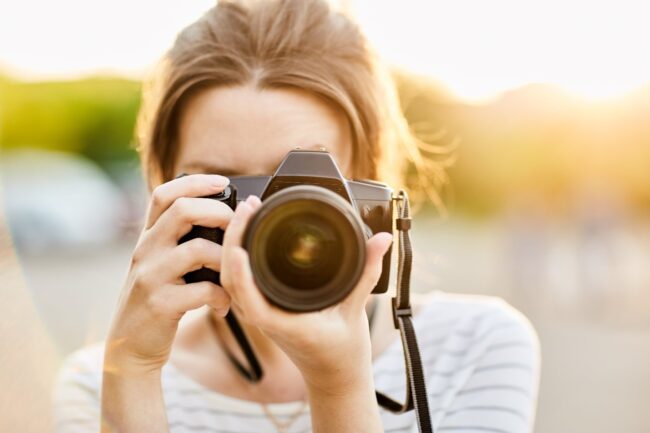In the ever-evolving landscape of mental health treatment, innovative and non-traditional approaches are increasingly gaining recognition for their effectiveness. Among these, photography emerges as a powerful therapeutic tool, particularly for teen girls who are navigating the complex journey of adolescence. Eva Carlston Academy reviews how photography can serve as a catalyst for enhancing mental well-being, providing a unique, creative outlet for expression and self-exploration.
The Intersection of Art and Mental Health
Art therapy has long been established as a beneficial approach to dealing with a variety of mental health issues. It engages the mind and body in a creative process that can help individuals express hidden emotions, reduce stress, and improve self-esteem. Photography, as a form of art therapy, leverages the visual element of art-making to enhance psychological resilience and emotional wellness.
Why Photography?
Photography, as a visual medium, offers several unique advantages in therapy. It encourages mindfulness and helps individuals focus on the present moment while capturing the beauty and details of their surroundings. For teenagers, especially girls who might struggle with self-image and social pressure, photography can be a safe space to explore their feelings and thoughts without judgment.
- Fostering Creativity and Self-Expression
Photography allows teens to express themselves in ways words might not fully capture. Whether it’s taking photos of their environment or self-portraits, the act of choosing what to photograph and how to frame it can reveal what they personally find significant or beautiful. This process not only bolsters creativity but also builds their identity and self-confidence. - Building a Sense of Achievement
Learning and mastering new skills can significantly boost mental health. Photography involves a range of skills, from the technical aspects of using a camera to the artistic considerations of composition. As teen girls learn to manipulate the camera and edit their photos, they experience a sense of achievement and competence. - Enhancing Social Skills
Photography can be both a solitary and a social activity. Teens can engage with peers who share similar interests, thus providing a foundation for building friendships based on mutual respect and common pursuits. Photography clubs or classes can also provide a supportive community for sharing their work, receiving feedback, and collaborating on projects. - Encouraging Mindfulness and Reflection
The process of taking photographs encourages individuals to be observant and present in the moment. For teens, who often deal with anxiety and stress, this can serve as a form of mindfulness practice, helping them to slow down and focus more deeply on their environment. Reflecting on why certain scenes resonate with them can also provide deep insights into their emotions and thoughts, fostering a greater understanding of themselves. - Creating a Narrative
For many teen girls, photography serves as a way to tell their stories. This could be particularly therapeutic for those who have experienced trauma or difficulties. By creating a visual narrative, they can control how to represent their experiences and emotions, which can be empowering and even healing.
Implementing Photography in Therapeutic Settings
Therapists looking to incorporate photography into their practice should consider the following steps:
- Workshops and Classes: Offer workshops that teach not only the technical skills needed for photography but also how to use the camera as a tool for self-expression and personal growth.
- Photographic Journals: Encourage teens to keep a photographic journal where they can not only store their photos but also write about why they took them and what they were feeling at the time.
- Photo Projects: Assign specific projects that can help teens explore their identities, such as a series on ‘My Favorite Places’ or ‘A Day in My Life’. These projects encourage them to engage with their environment and reflect on their personal experiences.
- Exhibitions or Sharing Sessions: Organize exhibitions or informal sharing sessions where participants can display their work. This promotes a sense of community and allows teens to receive positive reinforcement.
Photography, as a therapeutic tool, offers a unique and profound way for teen girls to navigate their mental health challenges. It provides them with a creative outlet for expression, helps them develop new skills, enhances their social interactions, and teaches them the value of mindfulness. As mental health professionals continue to seek effective treatments, photography stands out as a promising avenue that combines the healing power of art with the therapeutic benefits of self-expression and personal insight. In turning the camera lens on their worlds, teens are not just capturing images; they are also envisioning a path to greater well-being.
